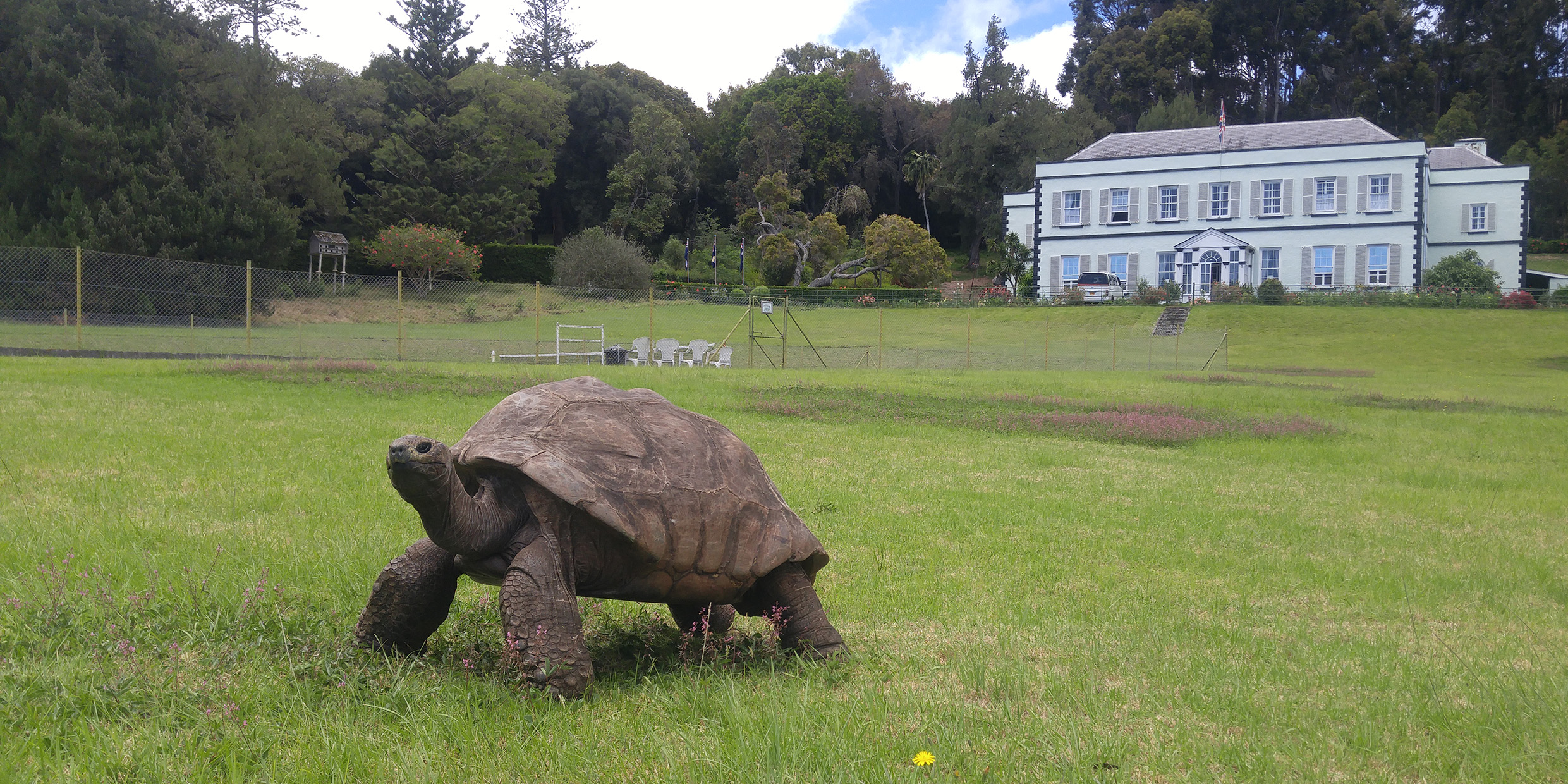Originally published 7 December 1992
Life is ephemeral.
Especially if you belong to that order of insects called Ephemeroptera, the mayflies. An adult mayfly lives for minutes or hours. Most of their brief lives are spent in nuptial flight. On warm summer evenings, male mayflies launch themselves into the air in flittery swarms, rising and falling. Each female that joins the throng is promptly seized by a male. The couple leave the swarm and mate. She lays her eggs and dies, together with her paramour.
A single summer evening is the mayfly’s allotted lifespan. From the point of view of evolution, it’s the perfect life: flit, procreate, die.
Turtles enjoy a more protracted life, in keeping with their torpid ways. The longest authenticated lifespan of any animal is that of “Marion’s tortoise,” taken as an adult from its native Seychelles Islands to the island of Maurutius, where no tortoises live, by the French explorer Marion de Fresne in 1766. This huge, lumbering beast survived until 1918, for a record age of more than 152 years.
Only turtles live longer than humans. We can outlive two (successive) hippopotamuses, three cats, four dogs, or seven aardvarks. Hippos and aardvarks seldom complete their allotted span. Most often, they are struck down in the prime of life by predators or disease. Death from old age is an almost uniquely human privilege, shared with our pampered and protected pets.
Even for us, the expectation of a ripe old age is relatively new.
Ninety years ago only one American in two reached age 60. Today, nine out of ten survive for at least six decades. The survival curve, as they say, is becoming more “rectangular.” The ultimate goal is for everyone to live with reasonable vigor for the maximum span of life then — kerplunk, fall off the brink.
And we are doing it, too. More and more Americans are enjoying an active and independent old age, thanks to healthier lifestyles and the wonders of modern medicine.
The survival curve of animals in the wild is anything but rectangular. It plunges from the very beginning. For example, lapwings (Old World birds related to plovers) have a maximum lifespan of about 10 years, but only one bird in ten makes it half that far. Nature is bloody red in tooth and claw — so red that for animals in the wild old age is the exception rather than the rule.
For most of human history, our survival curve was not much different than that of lapwings. A typical lifespan was only 30 or 40 years, because of the prevalence of disease, violence, and accidents. Aging just wasn’t a problem, because almost no one died of old age.
Now all that has changed. Our species, and our pets and domesticated animals, have escaped the dynamic of evolution. We have dulled nature’s teeth and claws, and more than the fittest survive. We are no longer content to flit, procreate and die; we want to be fit and active to the very threshold of oblivion. That’s what the rectangular curve is all about.
But why stop there? Why not push the mortal side of the box up the scale, to age 100, or 120, or — what the heck, what’s to prevent us from living forever?
Scientists do not yet know the cause or causes of senescence (the feebleness of old age that precedes inevitable death), but the process appears to be controlled by genes — sometimes called gerontogenes.
There are lots of credible theories to explain why gerontogenes evolved. The one I like best (for no particular scientific reason) proposes that these genes became embedded in our chromosomes because natural selection could not prevent their spread. For animals in the wild, few individuals live long enough for gerontogenes to kick in. According to this view, aging is a fluke, a genetic quirk that didn’t make much evolutionary difference because almost no one died of old age.
Now, gerontogenes are determining how and when most of us die. As a species, we are bumping against the end of the rectangular curve.
What comes next? Michael Rose, a biologist at the University of California at Irvine, has bred fruit flies that live almost twice as long as their ancestors, and robustly, too. No one has yet figured out how to double a human life (scientists can’t selectively breed humans), but as we learn more about the causes of aging, you can bet it will happen. Sometime in the next century, genetic engineers will start tinkering with gerontogenes. And biochemists will figure out ways to thwart the genes’s effects.
When the human survival curve is stretched out twice as long, we will displace Marion’s tortoise as the champions of longevity — and distance ourselves even more from the Darwinian perfection of mayflies.
Not flit, procreate and die — but flit, procreate, and flit, flit, flit.



